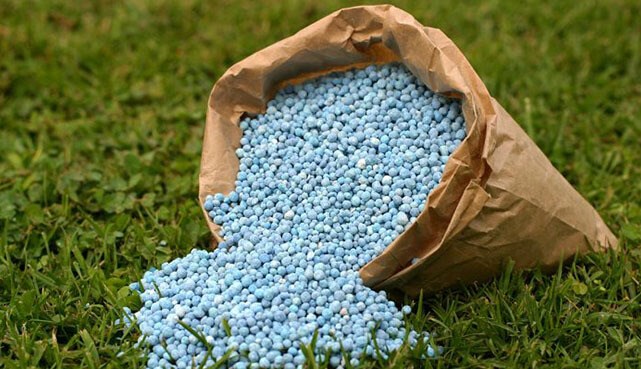It is important as a gardener to understand fertilizers in order to choose the best product for the job. You do not have to have a different specific fertilizer for every plant but you do need to learn about how they work so you can be the best steward of the land.
Please note that plants take up nutrients in the elemental form so the source of these nutrients from the perspective of the plant does not matter. However, inorganic nutrients or those nutrients manufactured by man do not help in the overall health of the soil but do supply the necessary nutrients to plants in formulations that specifically state their content. Organic nutrients usually need further breaking down before they become elemental and can be taken up by plants. They do usually also improve the health of the soil overall.
Fertilizers are applied to aid plants in growing at their optimum potential. They are applied to lawn areas to provide supplemental nutrients that will allow a reasonable amount of top or leaf growth but in balance to ensure the root growth and carbohydrate storage is not compromised. After all, a good root system is key to a healthy lawn!
There are six main nutrients (macronutrients) that plants need. Some of these nutrients are present without any work on our part while the other three are provided through fertilization. The nutrients that are supplied by us when we fertilize are nitrogen, phosphorus and potassium. These nutrients are needed by plants in large amounts to ensure adequate growth and overall health of the plant. The other three other primary nutrients carbon, hydrogen and oxygen are supplied to plants through the air and through water.
Nitrogen is a major nutrient that promotes that green, leafy growth so when talking about lawns - totally essential! There are two basic types of nitrogen sources in turf fertilizers - slow-release and quick-release. It is important for you to understand the differences between these fertilizer types.
Quick-release nitrogen is good as the nutrients are immediately available to the plants. It is usually in a water soluble form which means that the nitrogen becomes available to the plants as soon as it is dissolved in water. This stimulates quick shoot growth and greening. However, the down side is they rapidly deteriorate in the soil so will not be available within two to four weeks. Also, it is easy to burn the grass plant if it is not evenly applied or is not applied evenly.
Slow-release fertilizers have many benefits. They provide a more uniform grass growth and are therefore much less likely to burn the lawn or other plants nearby. They last six to eight weeks or even longer so do not need to be applied as often. However, in saying that, the nutrients are not immediately available to the plants and are generally a slightly more expensive to purchase. On cold soils they tend to not work as well and will require heavier irrigation when temperatures are hot.
There are also two types of slow-release fertilizers. Organic slow-release fertilizers are made up of organic materials that must be broken down by microbial activity before the nutrients are available to the plant. Generally, it takes some time before these nutrients are available to the plant especially when the weather is cool and/or dry so this needs to be a consideration.
The other type of slow-release fertilizer is an inorganic fertilizer that is basically coated so takes some time to break down and be available to the plant. Nutrients are released over a period of time so fewer applications are needed but again the nutrients may not be available when the plant is in need. Both types of slow-release fertilizer are good from the perspective of having nitrogen available to plants in smaller amounts for a longer period of time.
Hanbidge is the lead horticulturist with Orchid Horticulture. Find us at ; by email at [email protected]; on facebook @orchidhort and on instagram at #orchidhort.
Tune into GROW Live, weekly on our facebook page or check out the channel GROW on youtube.






